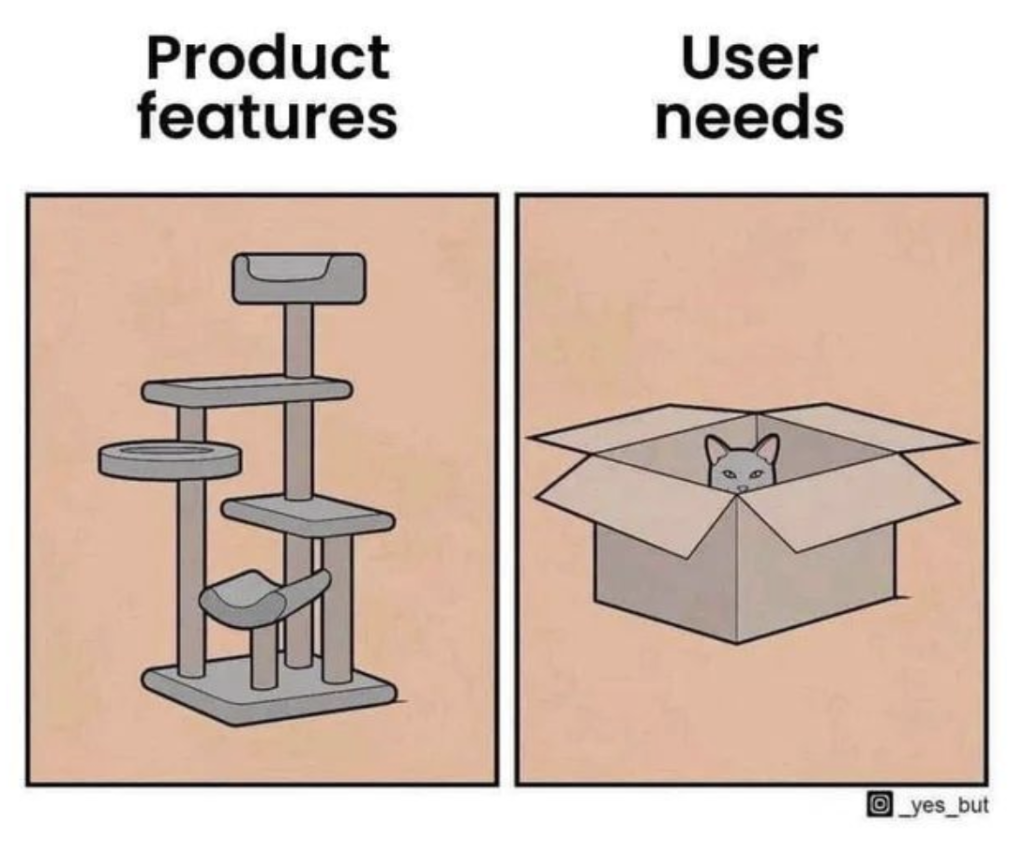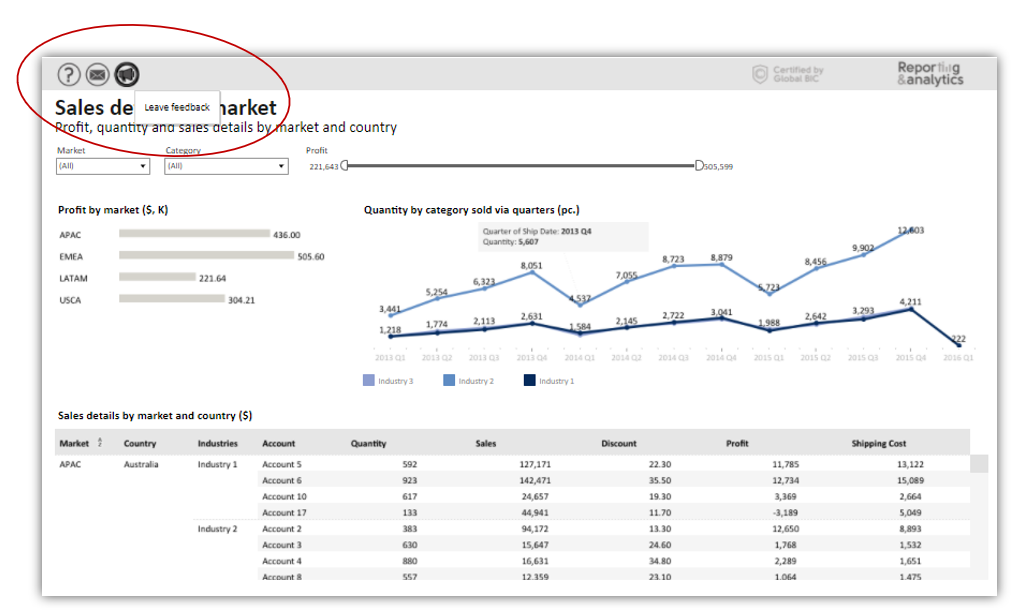Are you struggling to get users to provide feedback on your BI reports? Do you find yourself becoming defensive when users criticize your work? If so, you may be suffering from a cognitive bias that is all too common among BI analysts.

To overcome this bias, it is important to implement Customer Development (CustDev) practices into your BI projects. CustDev practices are widely used in product development, and involve obtaining feedback from users throughout the product development lifecycle. In BI projects, this means collecting feedback on reports at every stage of development, from conception to delivery.
Unfortunately, CustDev practices are not widely implemented in BI projects. Many BI teams are proud of their work and do not want to adopt a product-based approach. However, treating a report as a product and the user as a paying customer would be a logical approach.
To collect feedback on reports, it is important to separate large-scale corporate surveys from mechanisms for continuous feedback collection within various products and tools. Corporate surveys collect satisfaction with the use of systems or the work of departments and teams, and are usually centralized and conducted 1-2 times a year. Specialized surveys can be conducted for the BI system, but they do not provide details on the situation in specific reports.
Continuous feedback collection mechanisms are embedded in user interfaces and are aimed at obtaining a constant flow of feedback specific to a particular dashboard. These mechanisms should be designed to encourage users to leave feedback, and should include a rating system, additional scales, and a field for text comments.
If users are not leaving feedback voluntarily, it may be due to a lack of information, a complex or intimidating feedback form, or a lack of motivation. The problem of a lack of information can be solved through promotion, notifications, and training. The problem of a complex or intimidating form can be solved by simplifying the form and adding additional questions to clarify user feedback. The problem of a lack of motivation is the most difficult to solve, but can be addressed by creating a good design, easy access, and the ability to see the results of user feedback.
To encourage users to leave feedback, it may be helpful to send targeted emails to users who have used a specific report frequently over a month or who have stopped using a report they had used consistently for 3+ months. This approach guarantees that the request for feedback will be relevant to the user.
In summary, implementing CustDev practices in dashboarding can lead to improved report adoption and greater user satisfaction. By collecting feedback from users throughout the development lifecycle, and by designing feedback mechanisms that encourage users to leave feedback, BI teams can overcome cognitive biases and create reports that meet the needs of their users.

